NEWS: Massimo Gaspari has been awarded the 2013 Livio Gratton Prize, which is awarded every two years for the best Ph.D. thesis in Astronomy and Astrophysics.
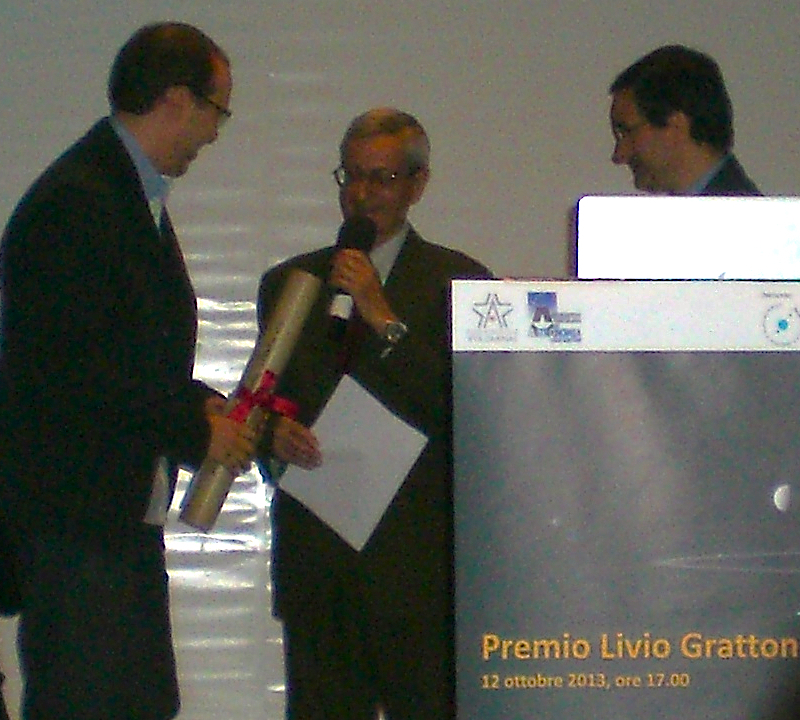 Dr. Gaspari was awarded the prize for his Ph.D. thesis, entitled ``Solving the Cooling Flow Problem through Mechanical
AGN Feedback.'' The Gratton Prize is the most prestigious Italian prize given
to young astronomers, honoring the memory of Prof. Livio Gratton, and supported by the Eta
Carinae and Tuscolana Associations, the Gratton family, the Frascati district, and the National
Institute for Astrophysics (INAF). The official award ceremony took place in Frascati (Rome) on October 12th, 2013. Dr. Gaspari has been with the High Energy Group since 2012.
Dr. Gaspari was awarded the prize for his Ph.D. thesis, entitled ``Solving the Cooling Flow Problem through Mechanical
AGN Feedback.'' The Gratton Prize is the most prestigious Italian prize given
to young astronomers, honoring the memory of Prof. Livio Gratton, and supported by the Eta
Carinae and Tuscolana Associations, the Gratton family, the Frascati district, and the National
Institute for Astrophysics (INAF). The official award ceremony took place in Frascati (Rome) on October 12th, 2013. Dr. Gaspari has been with the High Energy Group since 2012.
IMAGE: Massimo Gaspari (left) receives in Frascati the Gratton prize, presented by Giampaolo
(middle) and Raffaele Gratton (right).
Larger image
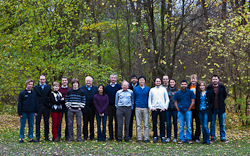
 Larger image Larger image
The High Energy Astrophysics Group at the MPA deals with a broad
range of astrophysical problems with a particular focus on the interaction
of matter with radiation under extreme physical conditions.
The astrophysical objects of interest include the Universe as a
whole (Physical Cosmology), clusters of galaxies, supermassive black
holes active galactic nuclei, and accreting black holes and neutron stars in
Galactic binaries. The group specializes on the theory and observational appearance
of accretion onto compact objects, astrophysical plasmas in the interstellar and intercluster
medium, and comptonization.
Our group members actively participate in the analysis
and interpretation of observational data from the currently operating
INTEGRAL, XMM-Newton, Chandra and RXTE spacecrafts, while maintaining
strong ties with experimental groups at
the Max Planck Institute for Extraterrestrial Physics (MPE),
the Space Research Institute in Moscow (IKI),
and the Harvard-Smithsonian Center for Astrophysics (CfA).
Institutes:
 MPE,
Garching, Germany
MPE,
Garching, Germany
 IKI
(Space Research Institute), Moscow, Russia
IKI
(Space Research Institute), Moscow, Russia
 Harvard-Smithsonian Center for Astrophysics, Cambridge, MA,
U.S.
Harvard-Smithsonian Center for Astrophysics, Cambridge, MA,
U.S.
Missions:
 eROSITA eROSITA
 PLANCK PLANCK
 INTEGRAL INTEGRAL
 XMM XMM
 CHANDRA CHANDRA
 RXTE RXTE
|
Subgroups:
 The Cosmic Microwave Background The Cosmic Microwave Background
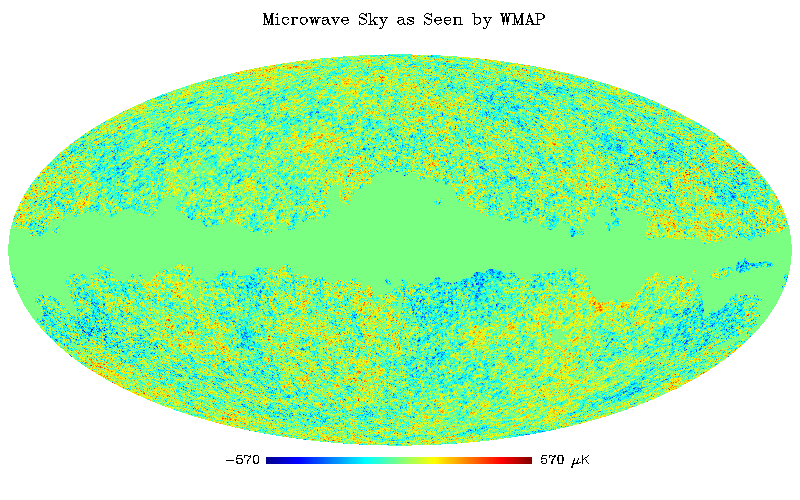 The
group concentrates on radiative transfer effects in the universe.
In particular it studies anisotropies in the Cosmic Microwave Background
(CMB). These anisotropies can be due to various effects,
including the first stars in the Universe and large scale structure. The
group concentrates on radiative transfer effects in the universe.
In particular it studies anisotropies in the Cosmic Microwave Background
(CMB). These anisotropies can be due to various effects,
including the first stars in the Universe and large scale structure.
 Active Galactic Nuclei and Supermassive Black Holes Active Galactic Nuclei and Supermassive Black Holes
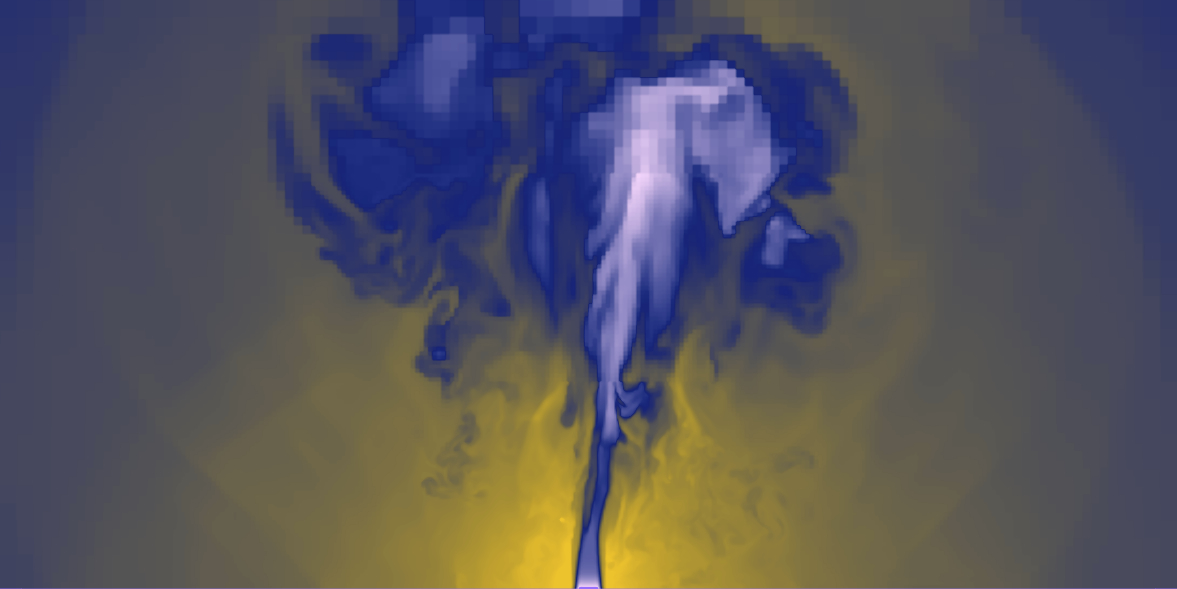 The group works on supermassive black holes in the centers of massive galaxies,
and the powerful active galactic nuclei (AGN) and quasars that result when
these objects accrete gas. Topics of research include the statistical
properties of AGN, the interplay between AGN and the local and cosmic environment (AGN feedback),
the cosmological evolution of the supermassive black hole population, and
observable signatures of binary and merging supermassive black holes. The group works on supermassive black holes in the centers of massive galaxies,
and the powerful active galactic nuclei (AGN) and quasars that result when
these objects accrete gas. Topics of research include the statistical
properties of AGN, the interplay between AGN and the local and cosmic environment (AGN feedback),
the cosmological evolution of the supermassive black hole population, and
observable signatures of binary and merging supermassive black holes.
 X-ray
Binaries and Stellar Compact Objects X-ray
Binaries and Stellar Compact Objects
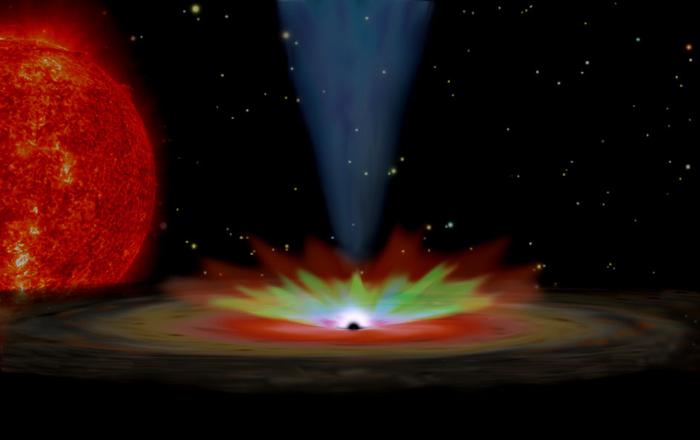 The
group studies the properties of X-ray binaries, as well as neutron stars and white dwarfs. We investigate
properties of individual objects --- such as the X-ray flux/luminosity,
timing and spectral behaviour --- as well as
global properties of populations of these compact objects with respect
to their host galaxies. The
group studies the properties of X-ray binaries, as well as neutron stars and white dwarfs. We investigate
properties of individual objects --- such as the X-ray flux/luminosity,
timing and spectral behaviour --- as well as
global properties of populations of these compact objects with respect
to their host galaxies.
 Galaxy Clusters Galaxy Clusters
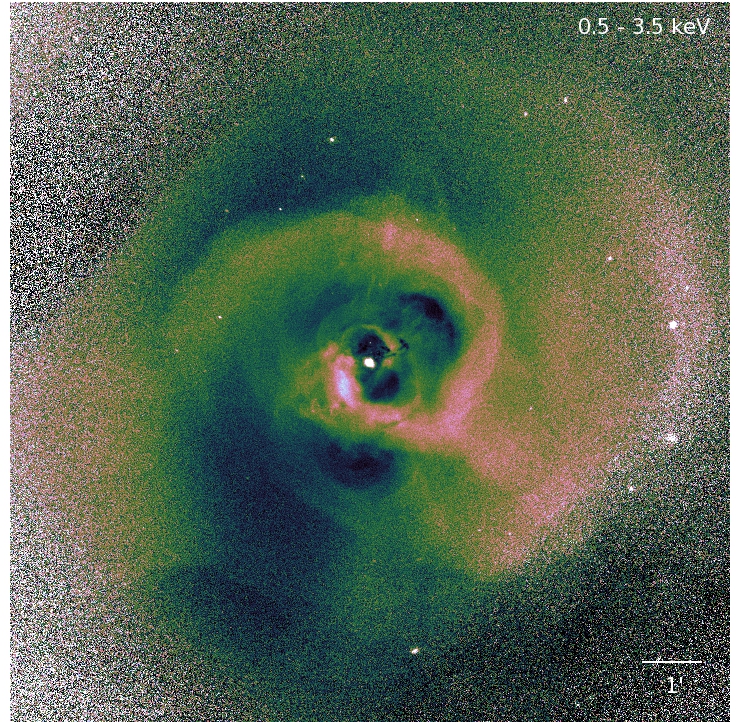 The group uses observational data and simulations to further the understanding of plasma in galaxies and galaxy clusters.
Our investigations focus on the physics underlying the thermal state of the plasma, such as
heat transfer, turbulence and viscosity, as well as the interplay of the plasma with active galactic nuclei.
The group uses observational data and simulations to further the understanding of plasma in galaxies and galaxy clusters.
Our investigations focus on the physics underlying the thermal state of the plasma, such as
heat transfer, turbulence and viscosity, as well as the interplay of the plasma with active galactic nuclei.
 Accretion
Physics Accretion
Physics
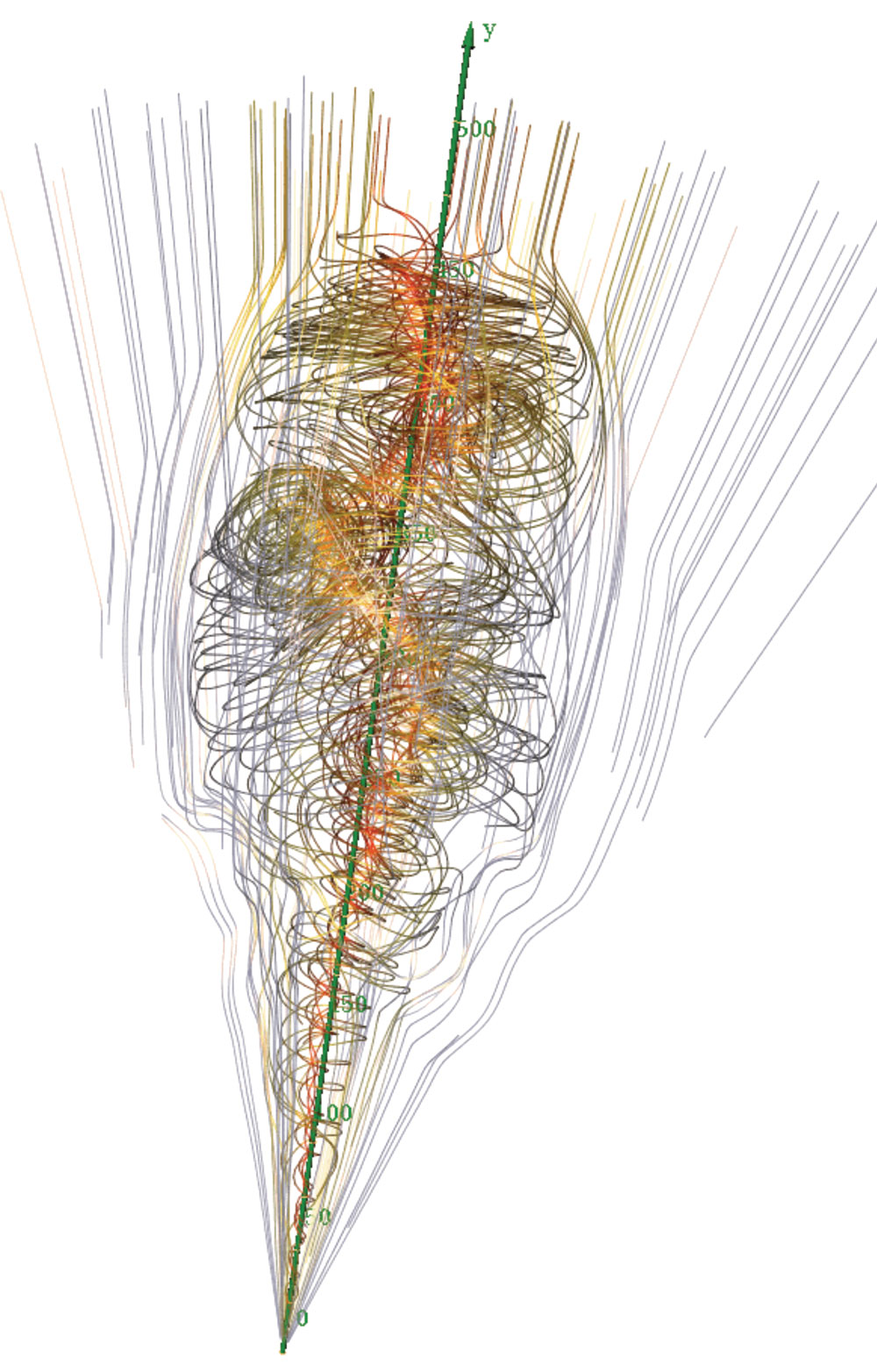 Accretion of gas onto compact objects powers the most energetic events in the cosmos,
from luminous quasars billions of light years away to X-ray sources in our own Galaxy.
In addition, accretion disks are thought to play a central role in the formation and evolution
of extrasolar planets. The group works to further the theoretical understanding of this
fundamental process. Accretion of gas onto compact objects powers the most energetic events in the cosmos,
from luminous quasars billions of light years away to X-ray sources in our own Galaxy.
In addition, accretion disks are thought to play a central role in the formation and evolution
of extrasolar planets. The group works to further the theoretical understanding of this
fundamental process.
|


